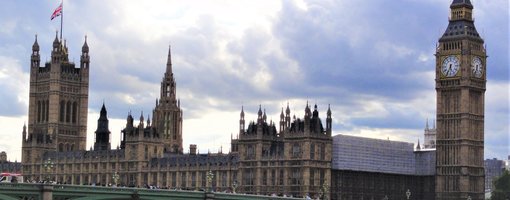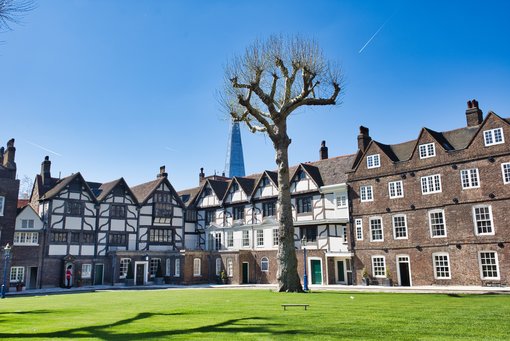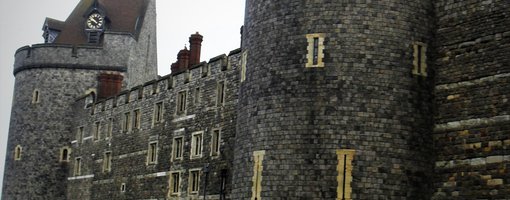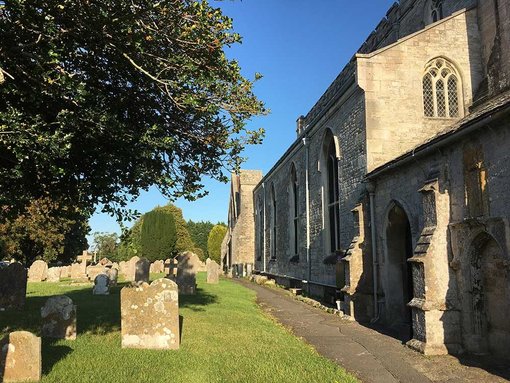London is an extraordinary city with something for everyone: a global city steeped in history with iconic landmarks; a world-renowned theatre district; open green spaces; and architectural treasures.
With five airports and twelve major railway stations, London is easily accessible to Britain and the rest of the world.
If you have a day to explore London, planning an itinerary may seem overwhelming - there is so much to see after all, so how can you fit it all in a day? To tell the truth, you cannot fit everything London has to offer into just one day. However, in this travel tip, I will provide you with a recommended itinerary that will fit as much of London's icons into just one day (with enough room for some coffee breaks too!), so let the stress disappear and continue reading...
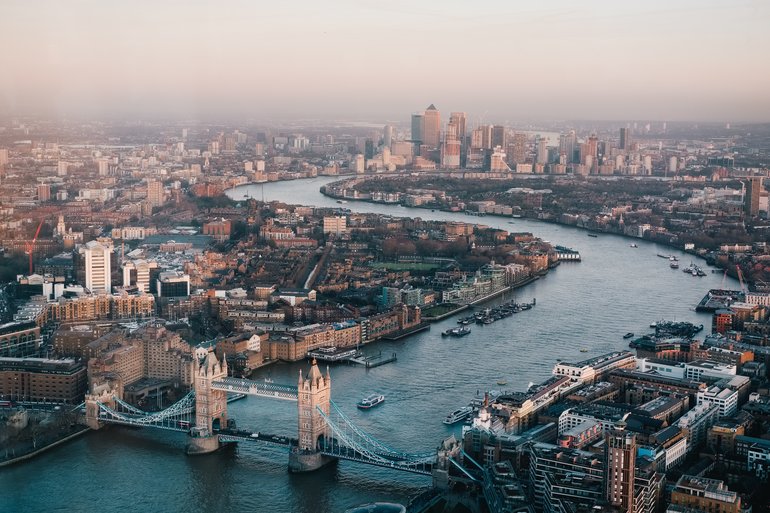
Benjamin Davies - Unsplash
So, the day has arrived - you are in London and ready to explore!
Be prepared: wear comfy shoes, download the London Underground app onto your phone, and make sure your bag is as light as possible (I know it's tempting to take your autograph book just in case you bump into a royal but, as well as this being unlikely, your arms will definitely thank you later).
You may start your day at the airport, or the train station, or your hotel. Wherever you start your day, make sure you start it early so you can make the most of your day. I'm not saying you need to wake up at 3am - absolutely not, you still want to enjoy your day and be awake enough to take in the sights - but I would recommend arriving into London before 9am at least.
Assuming you are starting your day at London Euston Station, you will need to catch the London Underground (the tube). Euston station has it's own tube station called... you guessed it... Euston. And from here, you need to catch the Northern Line to Charing Cross, which will take approximately 6 minutes. To de-jargon this for you, the London Underground system is made of different lines, which will take you to different stations. So when you get to the station, just keep following the signs that say 'Northern Line' until you get to the platform. The 'to Charing Cross' part just means that the line ends at Charing Cross, which is the station you need for our first landmark of the day.
Trafalgar Square
From Charing Cross station, you should see a roundabout straight in front of you. Follow the Strand to this roundabout and you will see Trafalgar Square, known for its iconic lion statues and, of course, Nelson's Column.
Once you are ready to move onto our next landmark, which is only fifteen minutes away, you need to find the Admiralty Arch. If you stand in Trafalgar Square with your back to the National Gallery, head towards the roundabout in front of you and follow the 2nd road from the right. Here, you will immediately see the Admiralty Arch: the gateway to The Mall. From here, follow The Mall all the way to Buckingham Palace...it will be straight in front of you!
Buckingham Palace
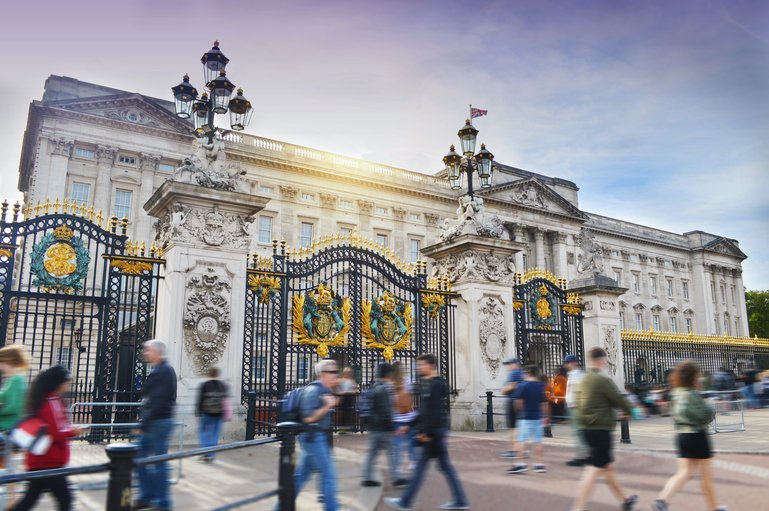
Debbie Fan from Unsplash
Buckingham Palace is a symbol of London: elegant, regal and quintessentially British. Built in 1703, the palace has been home to several of our monarchs, including our current queen.
You could easily spend hours stood at the palace gates, desperately hoping to catch a glimpse of a royal (and the Queen isn't there if the Union Jack flag is flying anyway), but we have so many more exciting and world-famous attractions to come!
The Mall stretches alongside St James' Park. Our next attraction is just a 15 minute walk through the park so relax and enjoy your gentle stroll, heading away from the palace, and towards Horse Guards. At the end of the park, you will reach Horse Guards Road, and you will have arrived!
Horse Guards
The Horse Guards is the hosting venue of the Queen's annual ceremony for her official birthday, known as Trooping the Colour. When you pass through Horse Guards, you can imagine the Queen, and other royal family members, passing through in their carriages, spectating the impressive military parade.
Through the grounds of Horse Guards, which is free, head towards the archway ahead of you, where you will exit onto Whitehall. Turning right out of Horse Guards, you will begin to feel the hustle and bustle of the streets of London. But take a moment to pay your respects as you pass by the Women of World War II Memorial, which you will see before Downing Street, and the Cenotaph, which you will see after Downing Street...
Downing Street & the Cenotaph
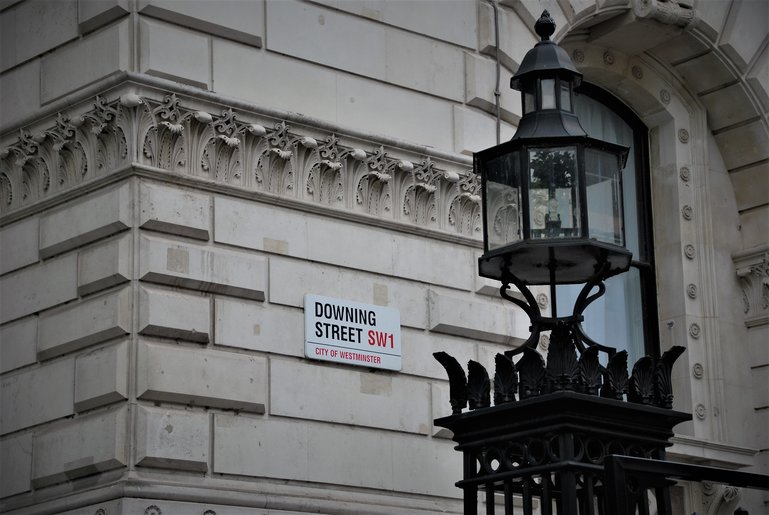
Jordhan Madec from Unsplash
Unless you are a member of the British government or the BBC, it is very unlikely you will get anywhere near the doors of Downing Street. Still, crowds gather around the guarded gates to catch a glimpse of the house, where the Prime Minister lives and works.
A close distance away from Downing Street, you will find Parliament Square, where perhaps some of London's most iconic landmarks are located...
Parliament Square - Big Ben, Parliament and Westminster Abbey
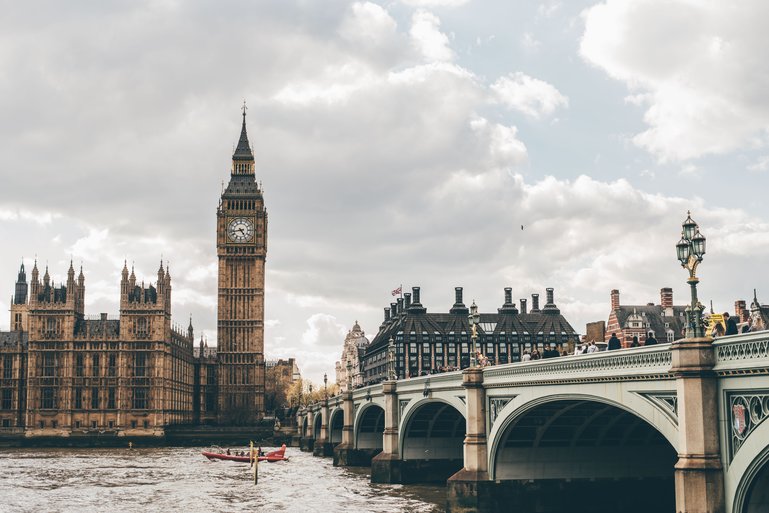
Eva Dang from Unsplash
Parliament Square is (you guessed it) a square in the Westminster area of London. The square is full of statues dedicated to heroes across the world, including Nelson Mandela, Sir Winston Churchill, and Dame Millicent Fawcett, among many others. And in this square, you can see Big Ben, which should finally be out of scaffolding in 2021; Parliament, the home of the British government; and Westminster Abbey, the venue of the Queen's coronation and many other royal events, and where famous Brits, such as Charles Darwin and Sir Isaac Newton, are buried.
From Parliament Square, just to the left of Big Ben, you should see London Eye peeping through gap where Westminster Bridge stretches across the River Thames.
The Shard & London Bridge
When you are ready, it is time to go to a new area of London! If you would prefer to walk, do of course follow the river for 55 minutes to London Bridge. But, for the sake of time, I would recommend taking the tube. From Parliament Square, with Big Ben on your right, walk towards Westminster Bridge. Just before the bridge, on your left, you should see Westminster Underground - this is where we will catch the tube from. Here, you need to get on the Jubilee Line to London Bridge for 4 minutes. Turn left out of the station (you will know you're going the right way if you are walking slightly uphill). Soon after, turn right onto London Bridge, and you have arrived at our next attraction! On the same side of the river as the station, you will see The Shard towering above you when you look up!
Tourists can often confuse London Bridge with Tower Bridge. London Bridge is famous in its own right, however. This is because London Bridge's history spans all the way back to the time of the Romans. It was between 1209 and 1831, though, the bridge really thrived as a gateway to the City of London. Back then, the bridge was lined with the heads of criminals on spikes as a warning of your fate if you should break the law. I'm sure you will be happy to know that the heads, and the spikes, have now disappeared and the bridge has undergone a modern renovation.
It is here, at the London Bridge, you will catch your first glimpse of the iconic Tower Bridge, which happens to be our next landmark!
Tower Bridge & HMS Belfast
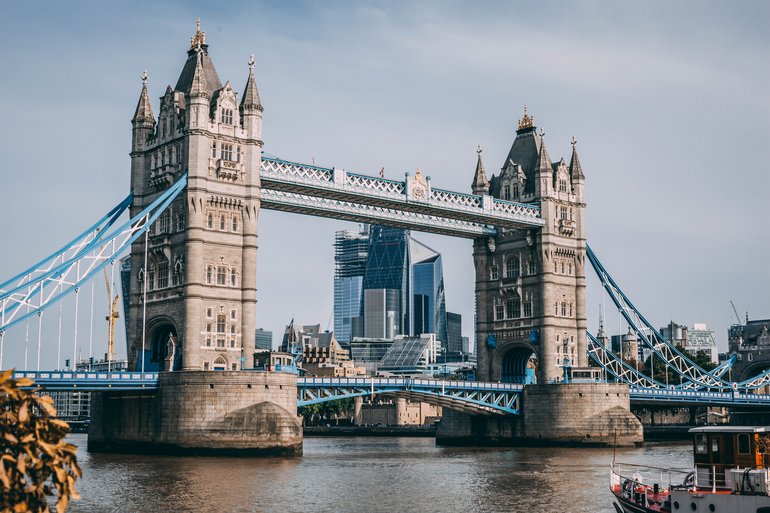
Charles Postiaux from Unsplash
On the same side of the river where you arrived at London Bridge, you will find some steps leading you to a walkway. You should follow this path past the HMS Belfast, a famous war ship, all the way to the bridge, which will take around 15 minutes.
From here, you can easily access the Tower Bridge and take a stroll to the other side.
Since its opening in 1894, the Tower Bridge is often deemed as one of the most iconic landmarks of London, and the UK overall, with over 40,000 locals and visitors crossing the bridge every day.
Tower of London
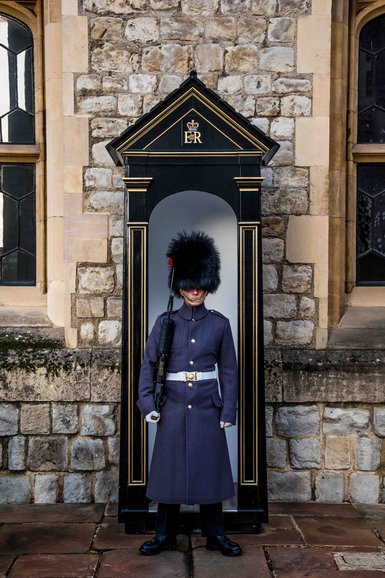
Bart Christiaanse from Unsplash
When you get to the other side of the bridge, you will need to turn left to reach the Tower of London, although I suspect you will have already eyed up where you are going.
Founded by William the Conqueror in the 11th century, it is difficult to fathom the historical events that have unfolded in front of the tower's eyes - from the Great Plague to the Great Fire of London, and from royal executions to brutal wars.
Today, historic ceremonies such as the Ceremony of the Keys remain, as the Crown Jewels are guarded and tourists from across the world visit to learn about the dark history of the tower.
Monument to the Great Fire of London
Our next landmark is the Monument to the Great Fire of London, which is just over 10 minutes away! From Traitors' Gate (an area of the Tower of London that faces the River Thames), walk towards a road called Petty Wales, keeping the Tower Bridge behind you, and the river to your left. When you reach Petty Wales, turn right and follow it until you reach the first left. Here, turn left onto Gloucester Court and follow the road until you reach Byward Street and Lower Thames Street (which run parallel to each other), and you now need to cross over to follow Great Tower Street. Continue up Great Tower Street, which will eventually turn into Eastcheap. Turn left onto the famous Pudding Lane, and then turn right onto Monument Street, where you will see the Monument to the Great Fire of London!
The Great Fire of London in 1666 was believed to be a punishment from God. Just one year after the Great Plague killed 15% of London's population, Londoners feared an even greater punishment would arrive as the year itself ended in the digits 666 - whether it was coincidental or not, they were correct. A fire started in a bakery on Pudding Lane and spread across London, quicker than the non-existent fire brigade could stop it. At this time, London's fire brigade consisted of any Londoners who wanted to help, and even King Charles joined the brigade to stop the fire. Their method was ineffective, however, as by the end of the Great Fire, only 1/5 of London remained. As a result, many Londoners were homeless; prisoners locked in their cells had been burnt alive; and eighty-nine churches burnt to the ground.
St Paul's Cathedral
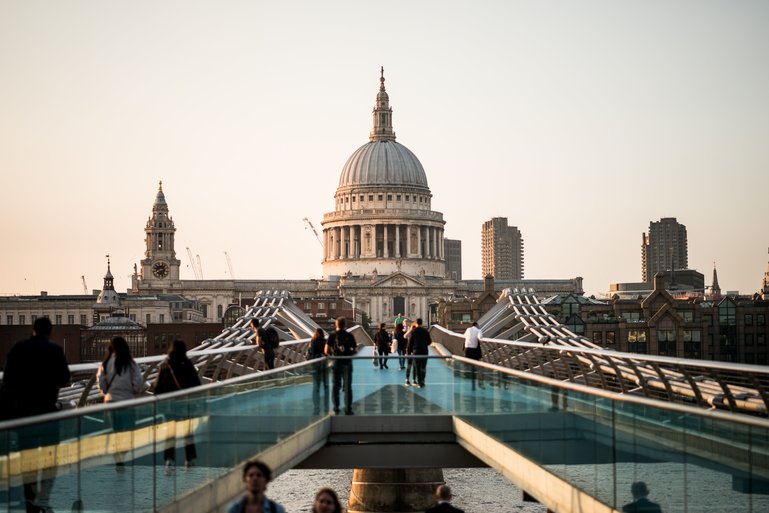
Jonathan Chng from Unsplash
At this point of the day, your legs may feel very tired!! But, trust me, you will be grateful to see the last landmark on the list: St Paul's Cathedral, which is just a 15 minute walk away from the monument.
Cross over Fish Street Hill and continue up Monument Street and then turn right onto King William Street. When you reach the junction, cross to the other side of the road and continue onto Cannon Street, which you should keep following for a while. Cannon Street will eventually meet a junction, which appears to look like an X, and you should carry on walking straight ahead, still following Cannon Street until the cathedral comes into view.
The Old St Paul's Cathedral was a victim of the Great Fire of London, and therefore the building you see today was a newer version, completed by Sir Christopher Wren in 1708, and holds the title of having the 2nd highest dome in the world!
In more modern times, St Paul's Cathedral has been the venue to some of the most important royal and notable events, including the wedding of Prince Charles to Lady Diana; the services for the Queen's jubilees; and the funeral of Sir Winston Churchill...
That concludes our day trip to London - I hope you aren't too worn out and that you have enjoyed your day seeing some of the greatest sights of London!







